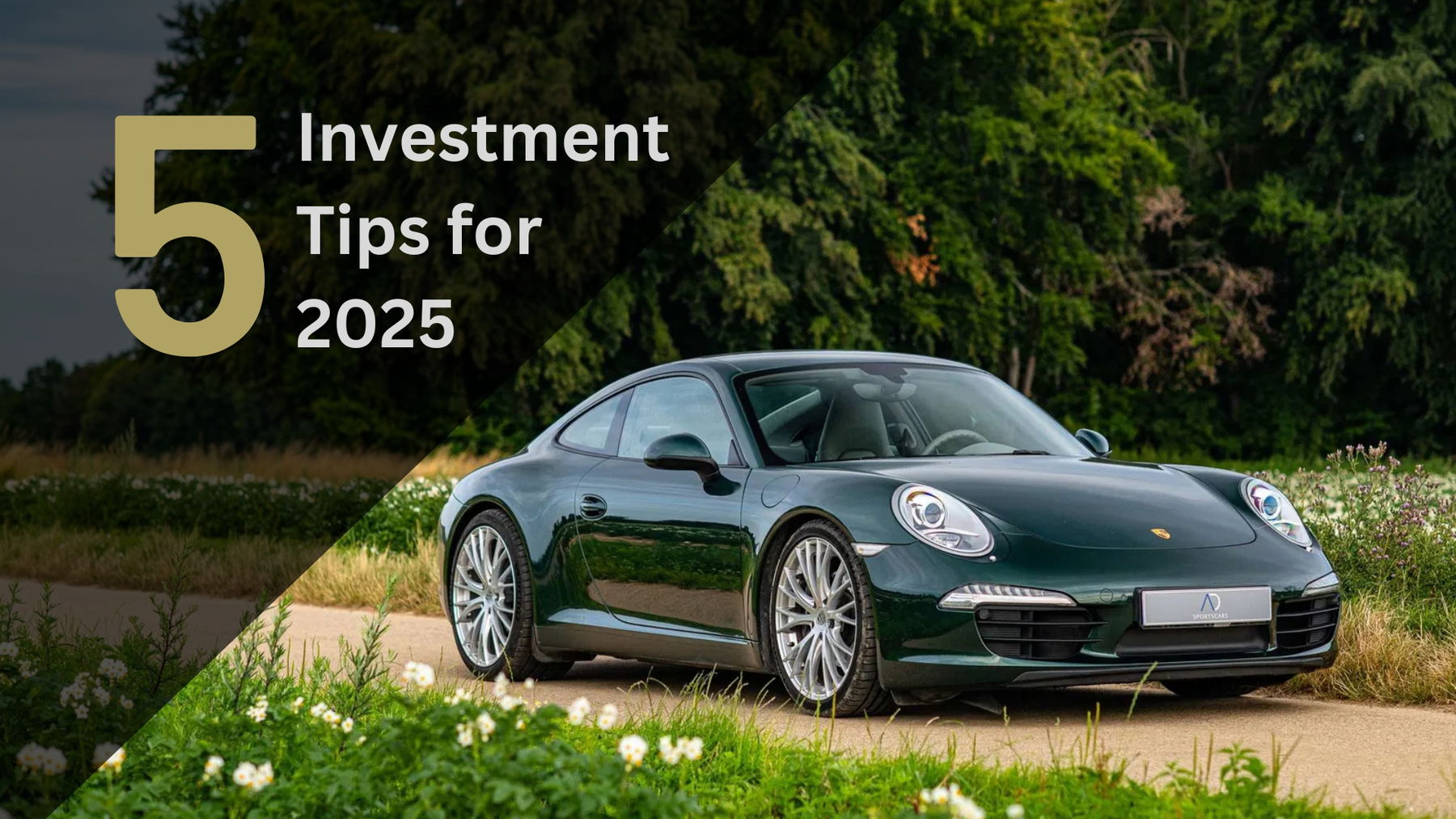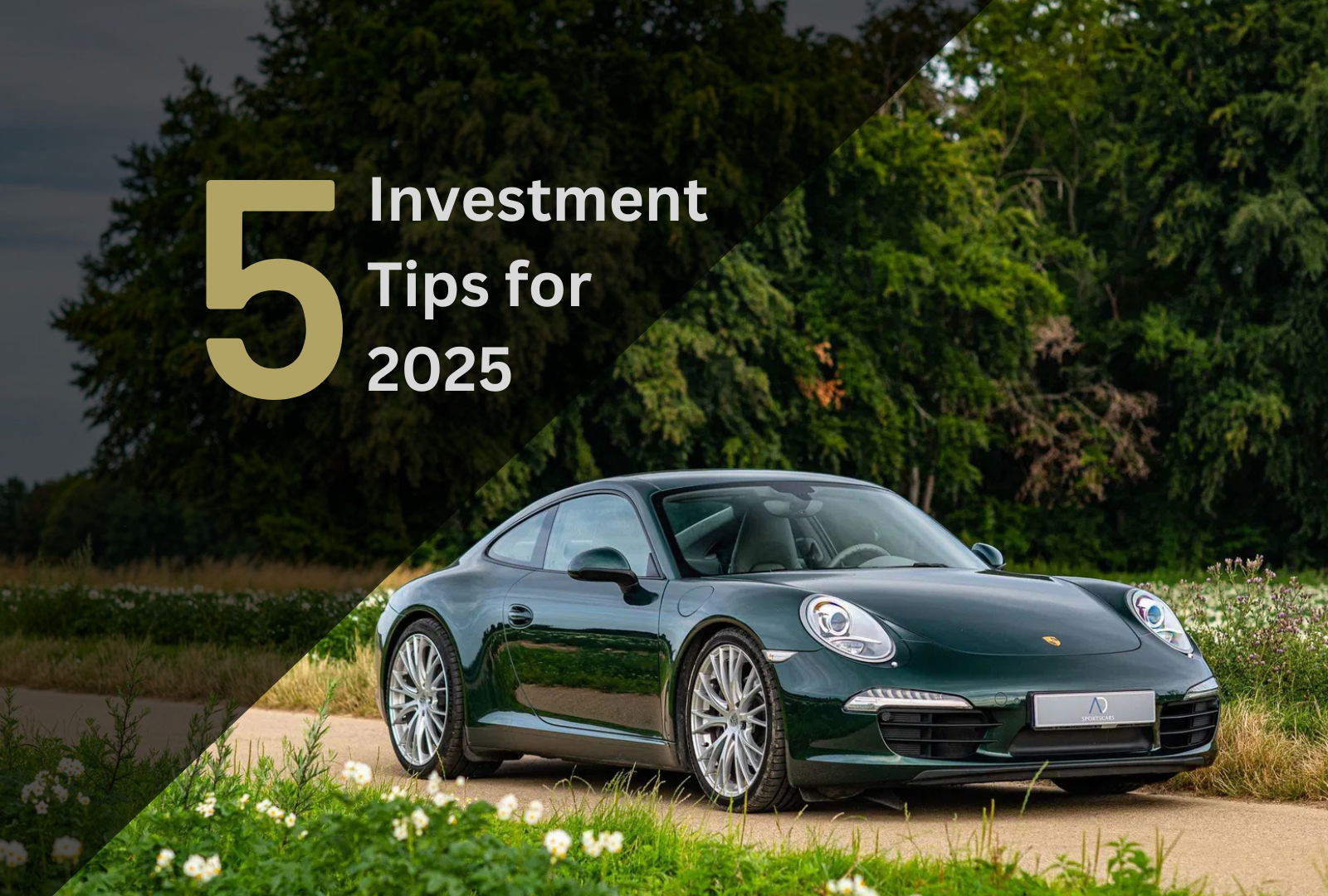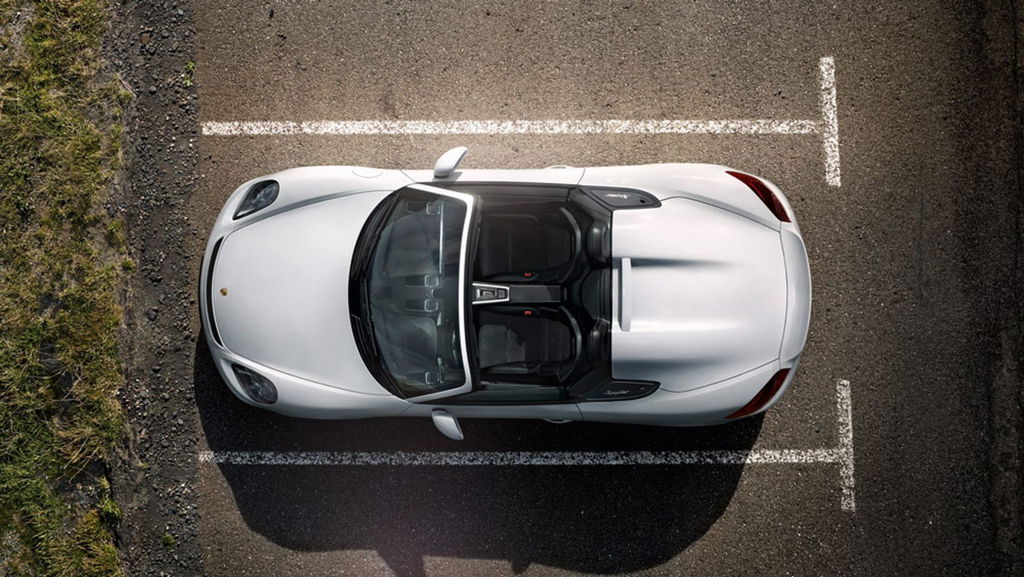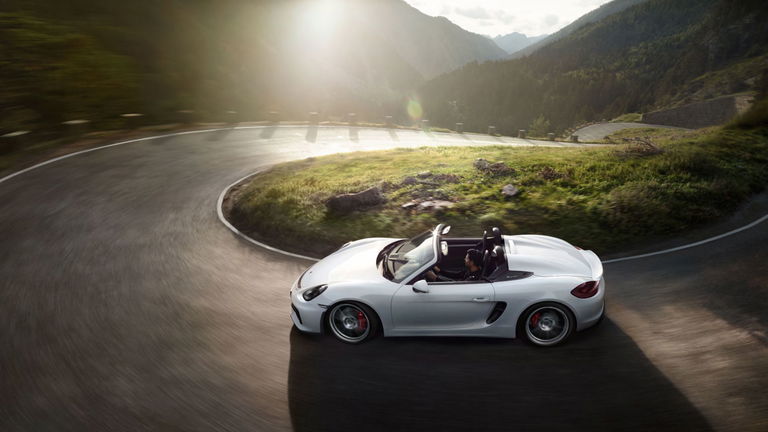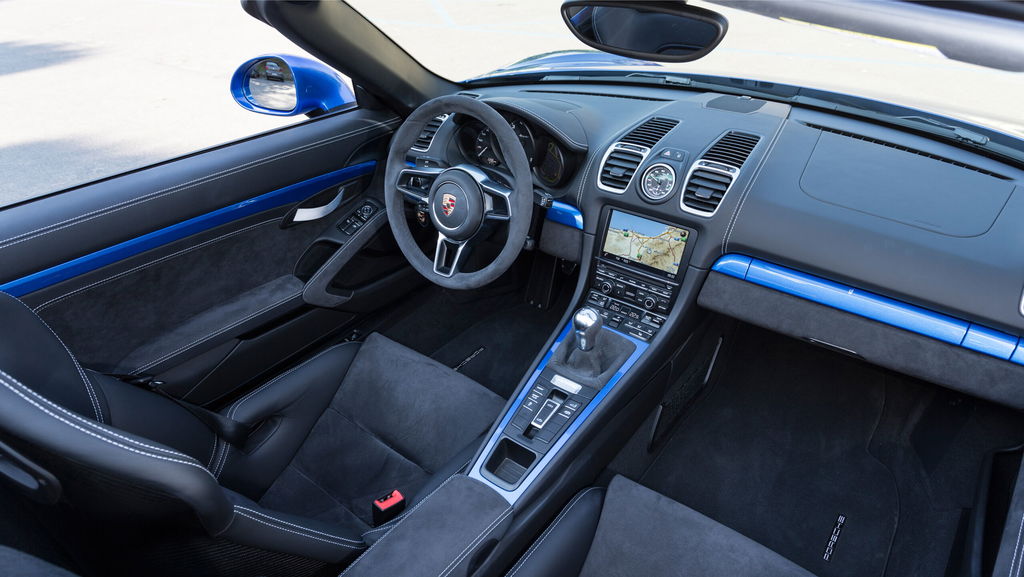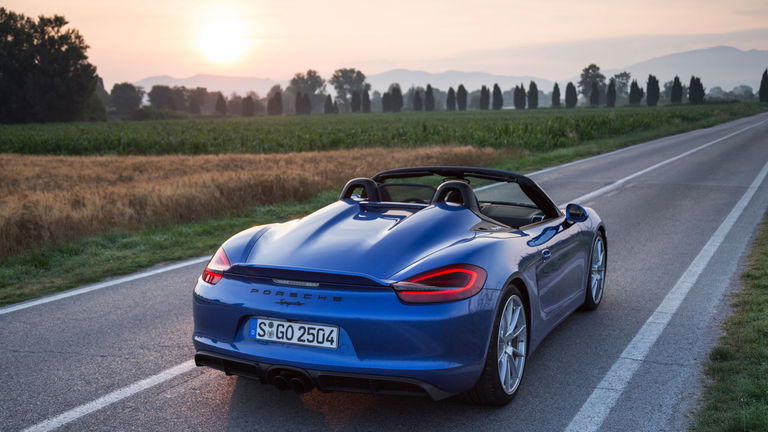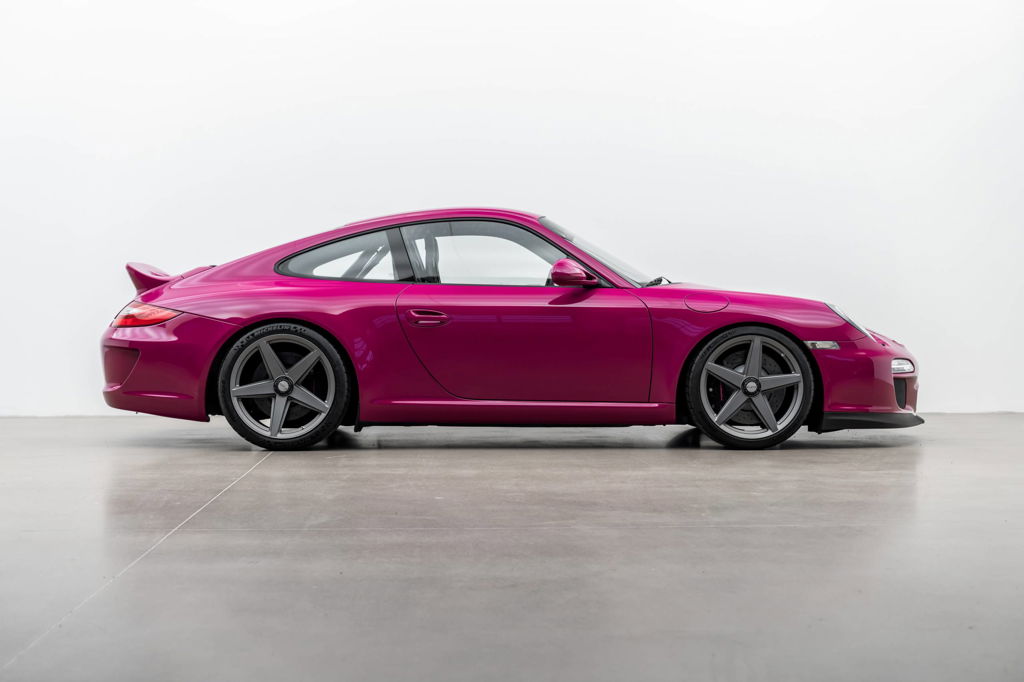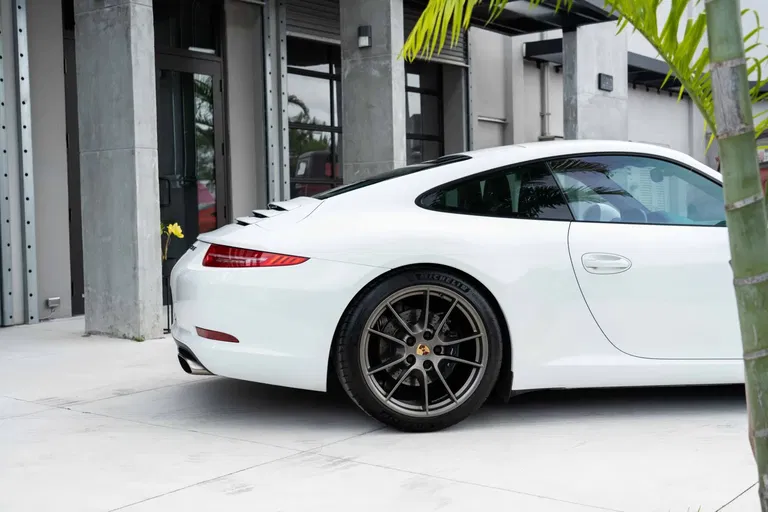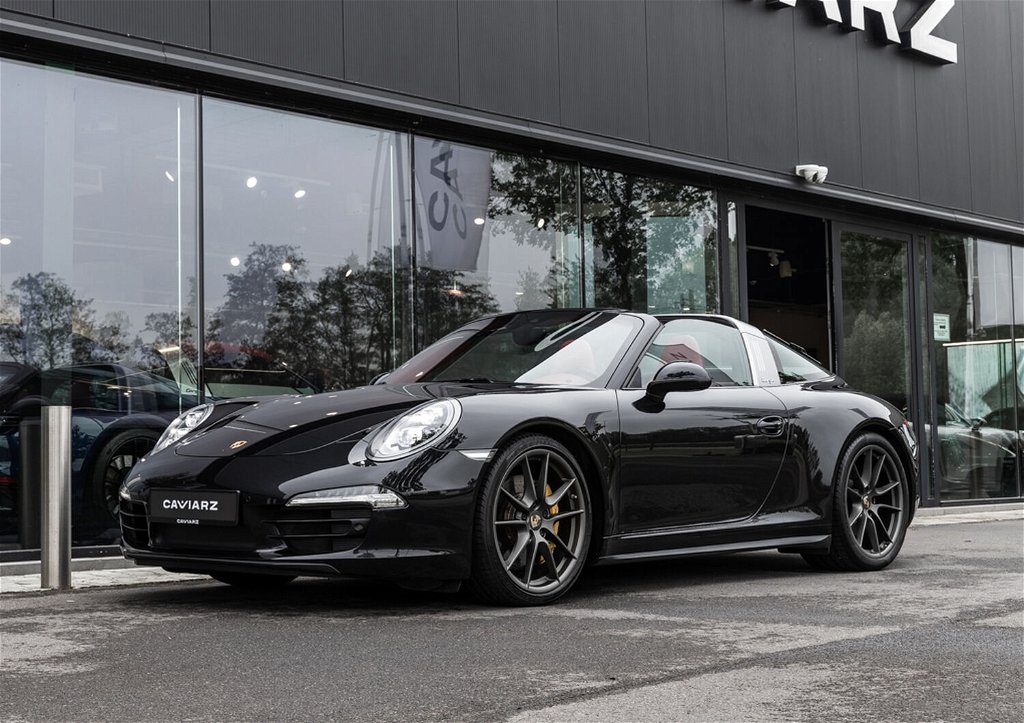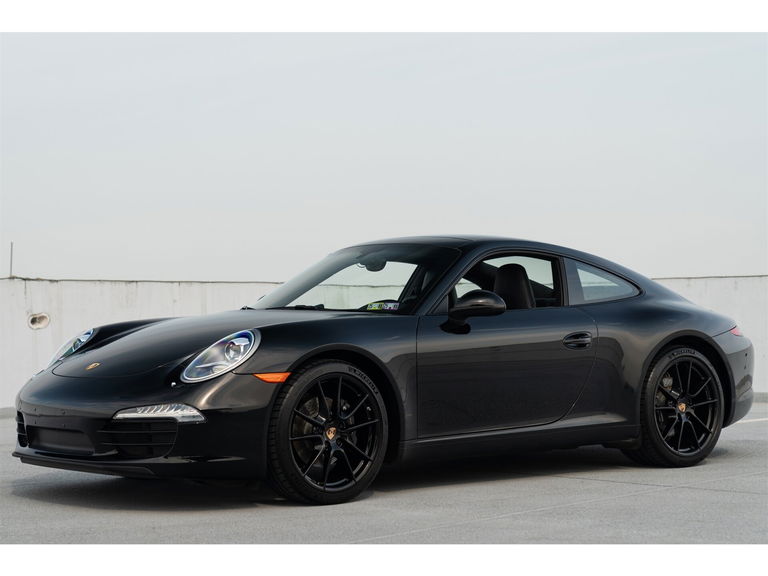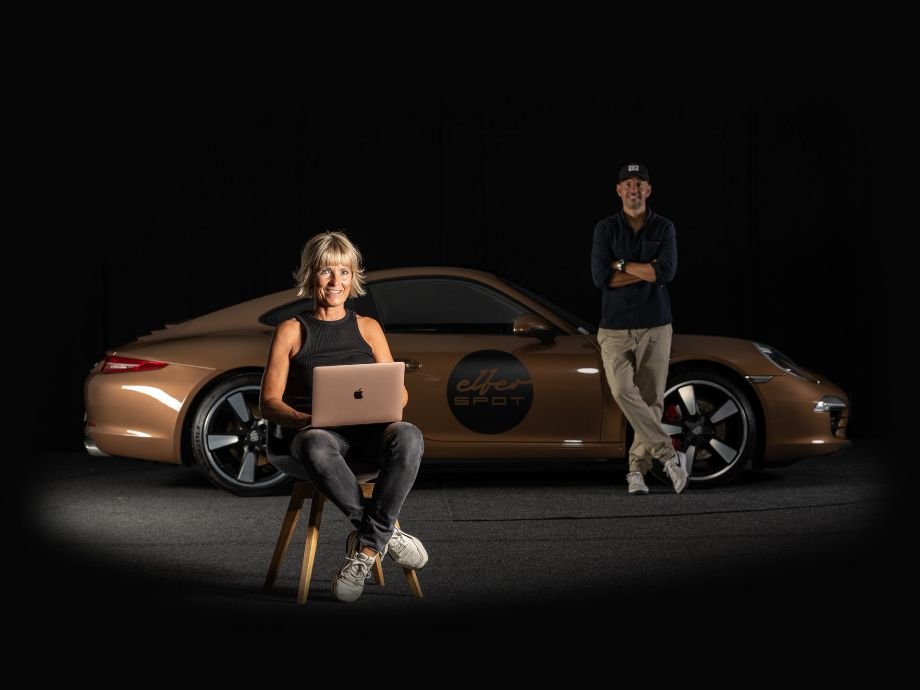Richard Lindhorst is the editor-in-chief of Elferspot.com and has been writing about the world of the Porsche 911, its derivatives, and all other sports cars from Zuffenhausen for years. He has been driving Porsches since 2011 and works on them himself.
Do you have a tip for a story or just want to get in touch with him? You can find him on Instagram at @rchrdlndhrst.
A Porsche sports car stands for solidity and mostly holds its value. In the past, numerous models seemed immune to depreciation, some even becoming true investments. Therefore, as we approach the turn of the year, we are closely examining the market for the fourth time to identify Porsche investment tips for 2025.
For us, alongside good value retention, the subjective return in the form of driving pleasure remains the focus. After all, Porsche sports cars are meant to be driven, with stable values or even appreciation seen as a bonus. However, buying at the right time minimizes the risk of depreciation and doubles the joy of owning a Porsche. A word of caution: our Porsche investment tips are, of course, not financial advice and highly speculative!
Porsche Investment Tips 2025 – Porsche 981 Boxster Spyder (2015)
We start with a true driver’s car. The Porsche Boxster Spyder from the 981 series is essentially a convertible Cayman GT4. It shares the engine and gearbox with the Cayman GT4, minus 10 hp. The most significant difference, apart from the beautifully cut roadster silhouette with design cues from the Carrera GT at the rear, is the absence of the GT3 axles. Those enabled the Cayman GT4 to perform at an even higher level. And this slightly comfier setup is a good thing. The Porsche Boxster Spyder, equipped with an improved Boxster GTS chassis, focuses on a different kind of driving experience than the track-focused Cayman GT4. The sportiest convertible 981 is, despite all its dynamic qualities, still a car designed for on-road enjoyment.
The Boxster Spyder was a styling triumph in 2015. © Porsche AG
It starts with the weight. At 1,315 kilograms, the 981 Spyder is a full 100 kilograms lighter than the Cayman GT4. While it doesn’t quite match the Cayman GT4’s performance – 4.5 seconds vs. 4.4 seconds from 0-100 km/h and a top speed of 290 km/h vs. 295 km/h – its slightly more comfortable chassis and its folding roof make it a perfect companion for extended road trips on winding country roads. While the roof isn’t exactly quick to open at a stoplight, it’s a vast improvement over the cumbersome tonneau cover of its predecessor. And the 981’s travel capabilities are almost legendary, thanks to its two trunks.
Brilliant to drive, value-stable, and even eligible for Porsche Approved warranty!
However, the true highlight is the driving pleasure. The 3.8-liter six-cylinder boxer engine borrowed from the Porsche 991.1 Carrera S makes every drive a symphony of sound. In Sport Plus mode, the 981 Boxster Spyder automatically rev-matches on downshifts. With the six-speed manual transmission – the only available option – gear changes become intuitive and engaging. You’ll find yourself shifting gears just for fun. The cherry on the icing: At corner exits, the mechanical limited-slip differential helps you control elegant drifts.
The Boxster Spyder’s interior impressed with quality and perfect ergonomics. © Porsche AG
Why could a less-than-ten-year-old Boxster be a potential investment? The key point isn’t speculative gains. Instead, the Boxster Spyder stands out for its immense driving fun, stable value akin to its hardtop sibling, and potential peace of mind. This lightweight gem is known for its reliability and can be covered by the Porsche Approved Warranty for under 1,000 euros a year. So, nothing stands in the way of many wonderful road trips! With only 2,486 units built, there’s little fear of significant depreciation.
Porsche Investment Tips 2025 – Porsche 911 Junior (1980 – 1984)
It is likely the slowest Porsche 911 ever. And – sacrilege – it’s powered by a single-cylinder Honda engine! Of course, we are talking about the Porsche 911 Junior. In the early 1980s, Porsche produced these children’s cars modeled after the G-Series 911. The 83 cc 911, with a two-speed gearbox, was produced in a total of 224 units and sold for 4,500 DM at Porsche dealerships. It was available as both a single-seater and a two-seater.
4,500 DM was a significant amount of money for a mini 911. However, those lucky enough to drive one around their family garden will surely never forget the experience. Today, recreating those memories for your own children is considerably more expensive. While Porsche 911 Juniors were regularly available for around 8,000 euros until 2019, you now need to invest at least twice as much. Adjusted for inflation, Porsche 911 Juniors are now trading at about three times their original price, which would be roughly 5,800 euros in today’s money.
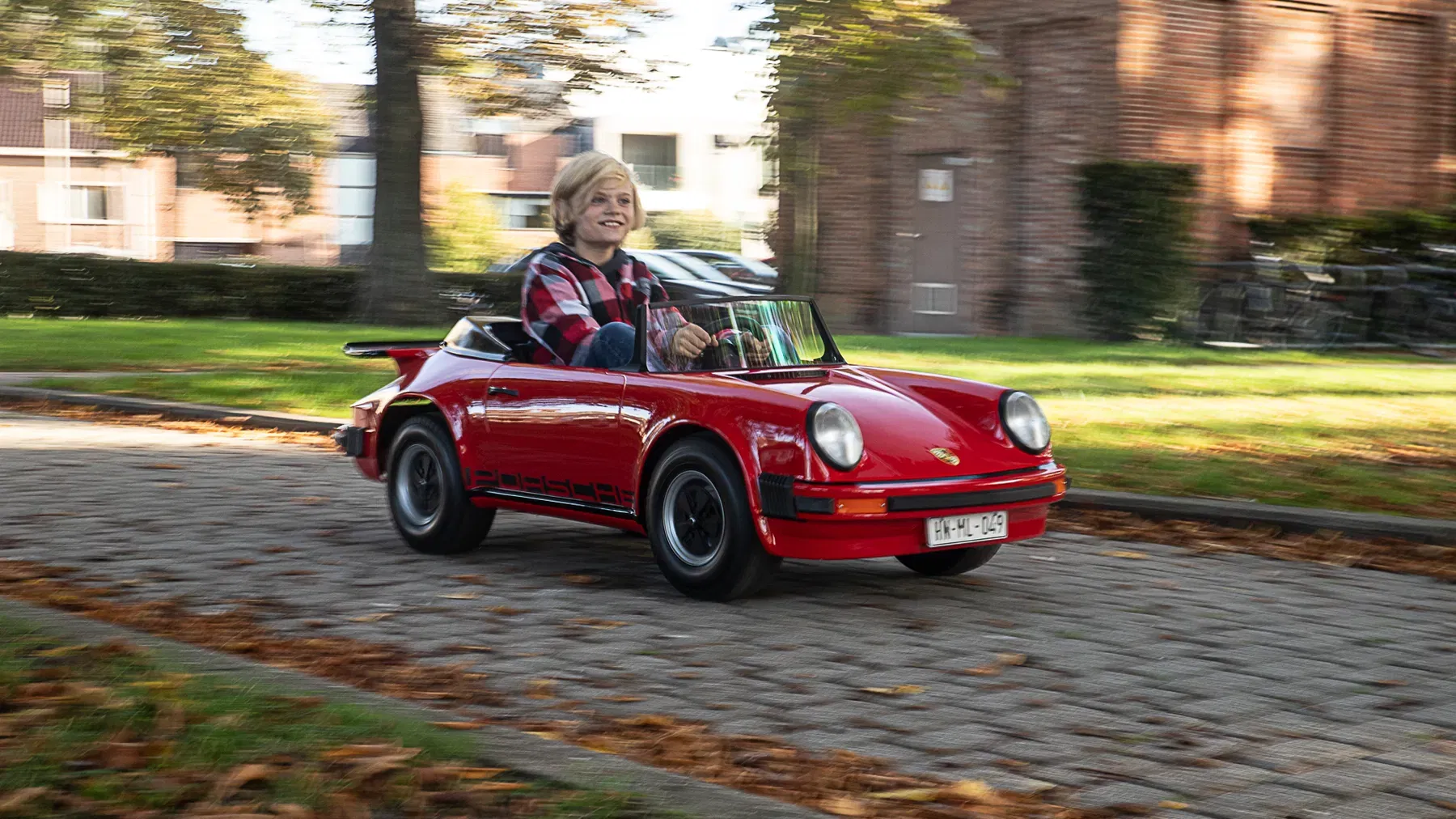
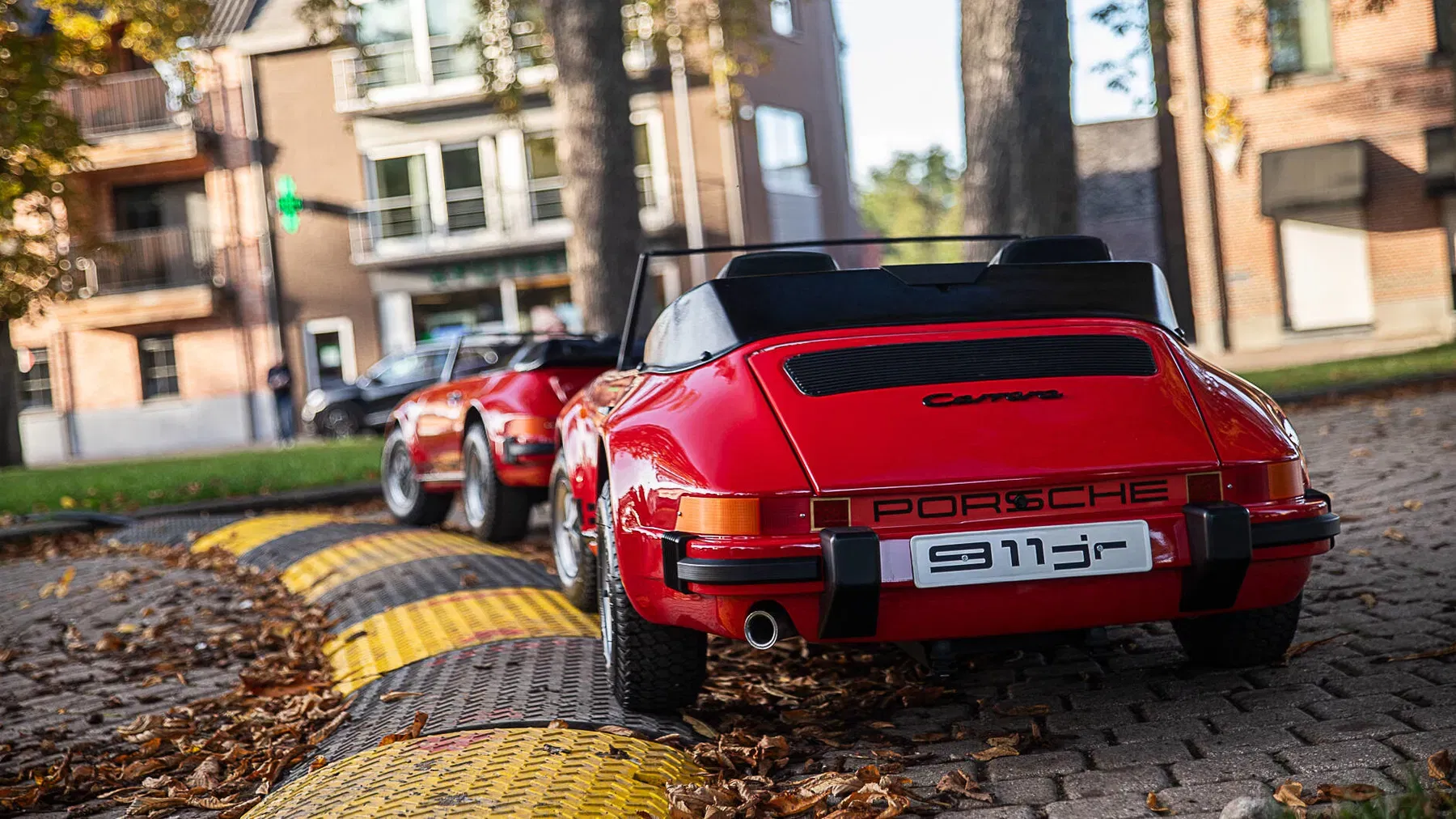
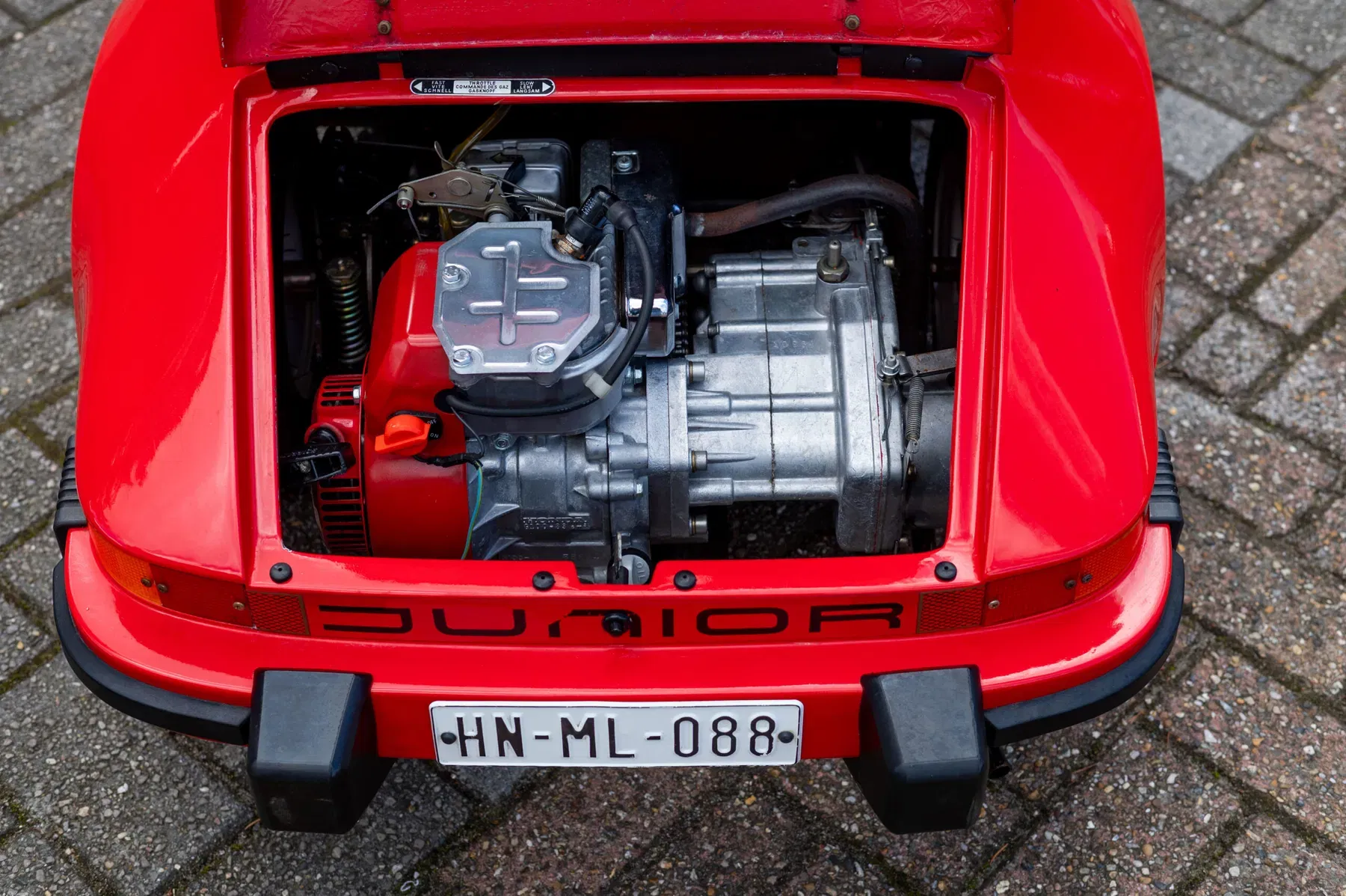

Of course, 2.2 hp and a top speed of 23 km/h aren’t exactly suited for a Sunday drive. However, for Porsche collectors with children, the 911 Junior is far more than just a decorative piece to enhance a collection. It allows children to experience the passion for cars firsthand. Furthermore, these miniature G-Series models are particularly sought-after collector’s items in the United States and are likely to remain stable in value. And let’s be honest: the joy in a child’s eyes is simply priceless!
Porsche Investment Tips 2025 – Porsche 997.2 GT3 (2009 – 2012)
The Porsche 997.2 GT3 with its 3.8-liter boxer engine marks the end of an era. The subsequent 991 generation no longer used the so-called Mezger engine, named after its creator Hans Mezger. Additionally, the second generation of the 997 GT3 is the last 911 to feature fully hydraulic power steering. Therefore, the 2009-2011 911 GT3 stands as the final GT Porsche of the old school.
Yet, it’s far from outdated. Acceleration figures of around four seconds to 100 km/h and a top speed of 312 km/h remain impressive. After all, the PDK (Porsche Doppelkupplungsgetriebe) wasn’t available in the 911 GT3 at the time, so the six gears in the 997.2 GT3 could only be shifted manually. As expected of a GT3, the second-generation 997 GT3 still delivers breathtaking acoustics and fantastic track performance even today!
The value of the Porsche 997.2 GT3 is unlikely to decrease
While the flagship model of the series, the 997 GT3 RS 4.0, is now seen as the holy grail of GT3 models and fetches multiples of its original price, the 997.2 GT3 has appreciated more gradually. Until 2020, even top-condition vehicles with low mileage were available for well under 100,000 euros. By 2024, the average listing prices for one of the 2,256 Porsche 997.2 GT3s had risen to 134,000 euros.
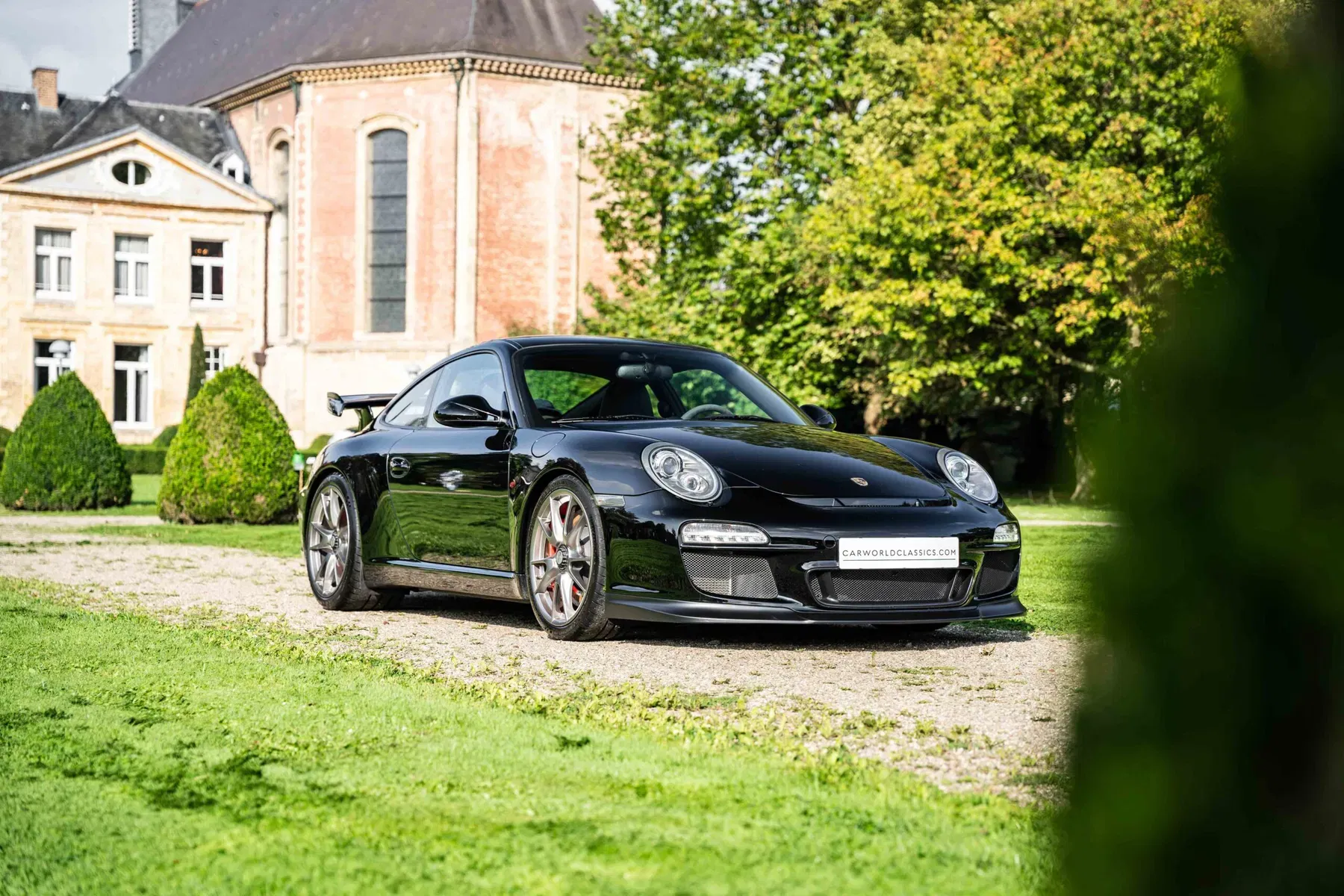
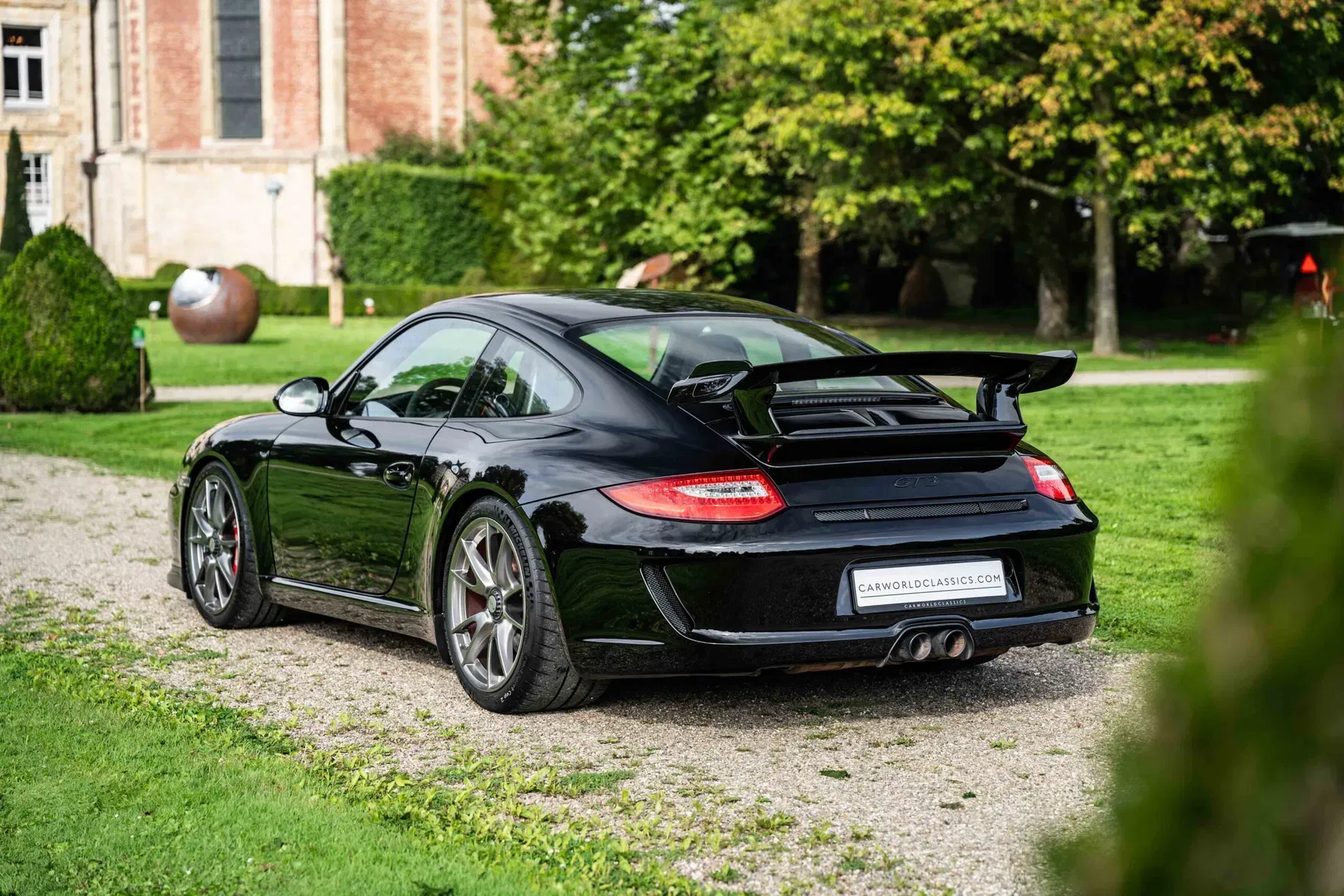
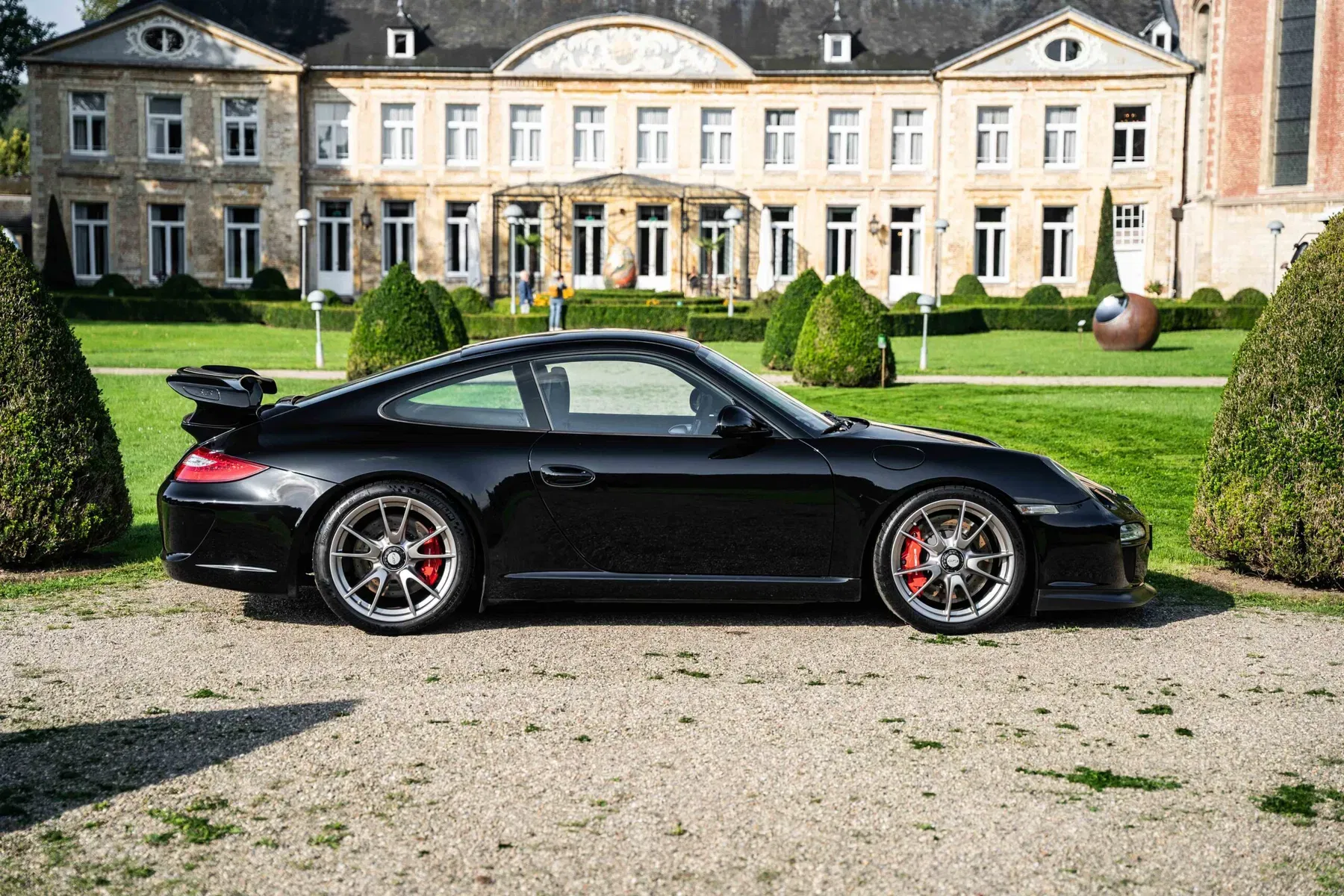
Looking at predecessor models like the 996, it seems unlikely that prices will correct downward. Instead, the financial low point of the fourth Porsche 911 GT3 appears to have passed. New GT3 models’ price increases also support positive value development. While the Porsche 997.2 GT3 was priced at 117,000 euros new, the 992.1 GT3 cost 167,500 euros, and the 992.2 GT3 was even priced at 209,000 euros. Therefore, we believe the ceiling has yet to be reached.
Porsche Investment Tips 2025 – Porsche 991.1 Carrera (2011 – 2015)
Owning a second or third car that you only take out in good weather is a luxury few can afford. But is there such a thing as a “jack of all trades”? A modern sports car with enough space and comfort for two people—and maybe a child or a dog—that costs about as much as a well-equipped midsize car but is significantly more value-stable? Essentially, the perfect “one-car solution”? We believe so: the last naturally aspirated Carreras, namely the Porsche 991.1 Carrera and Carrera 4!
Beautiful, modern, fast, reliable – The Porsche 991.1 base Carrera could be a usable everyday dream car with appreciation potential. © ZWECK
Admittedly, a relatively modern base Carrera is unlikely to yield a monetary profit over its lifetime. However, if a 911 as a daily driver fits your current lifestyle, it will likely cost less in the long run than a decently powered BMW 5 Series or Audi A6. Add the extra driving pleasure that comes with the 911, and the Porsche 991.1 Carrera becomes hard to overlook, doesn’t it?
The perfect everyday dream car?
From just over 70,000 euros, you can find vehicles with moderate mileage. The average asking prices are currently around 84,000 euros — about 10,000 euros more than four years ago. If you’re not deterred by odometer readings above 100,000 kilometers, you can find even cheaper options with the fantastic-sounding 3.4-liter naturally aspirated engine. The so-called DFI engines (Direct-Fuel-Injection) are inherently robust and relatively economical. Moreover, the 350 horsepower is enough for a top speed of 289 km/h and a 0-100 km/h sprint in under five seconds.
Inside, the 991.1 Carrera (4) mainly lags behind newer models in terms of infotainment. However, the quality and material selection remain top-notch. Another bonus: Even the oldest 991.1 models are still eligible for the Porsche Approved Warranty until 2026. That makes them an almost worry-free choice. The Porsche 991.1 Carrera might not be an investment in the traditional sense. But it’s a realistic everyday dream car with minimal risk of depreciation. And isn’t that always one of the main arguments for a 911?
Porsche Investment Tips 2025 – Porsche 924 Turbo (1979 – 1984)
Amid the enthusiasm for air-cooled 911s, and now also 928s and 944s, the Porsche 924 Turbo remains somewhat of a hidden gem from the 1970s and 1980s. At its launch, the 170-horsepower turbocharged Transaxle was just as fast as a 911 SC. Moreover it was the easier and more comfortable car to drive. Yet, it cost about 3,000 DM less than the SC. Nevertheless, Porsche only sold 12,427 units of the 924 Turbo, which received a fully galvanized body and an additional seven horsepower starting with the 1981 model year. By comparison, 18,940 units of the 911 SC were produced in just its first two model years.

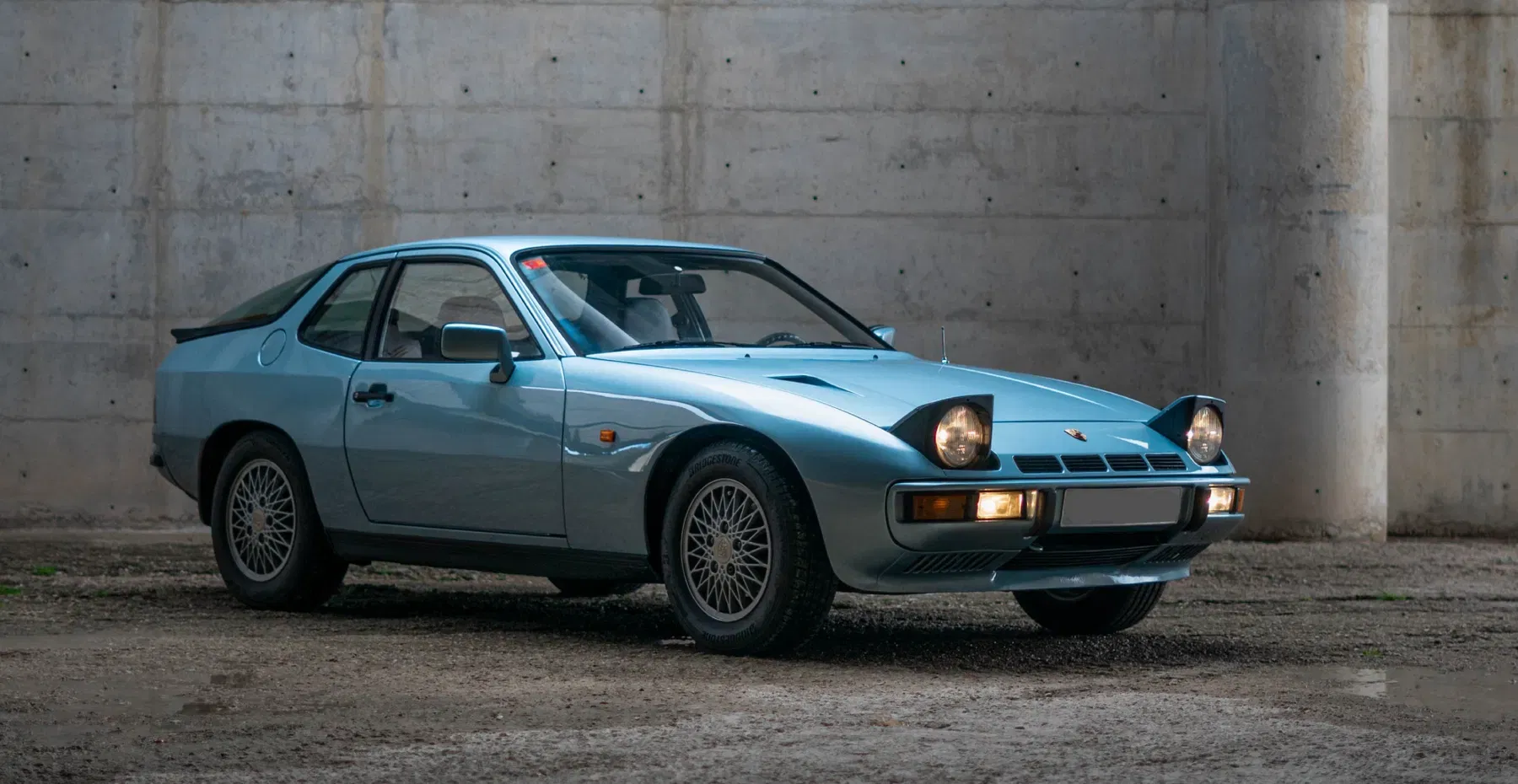
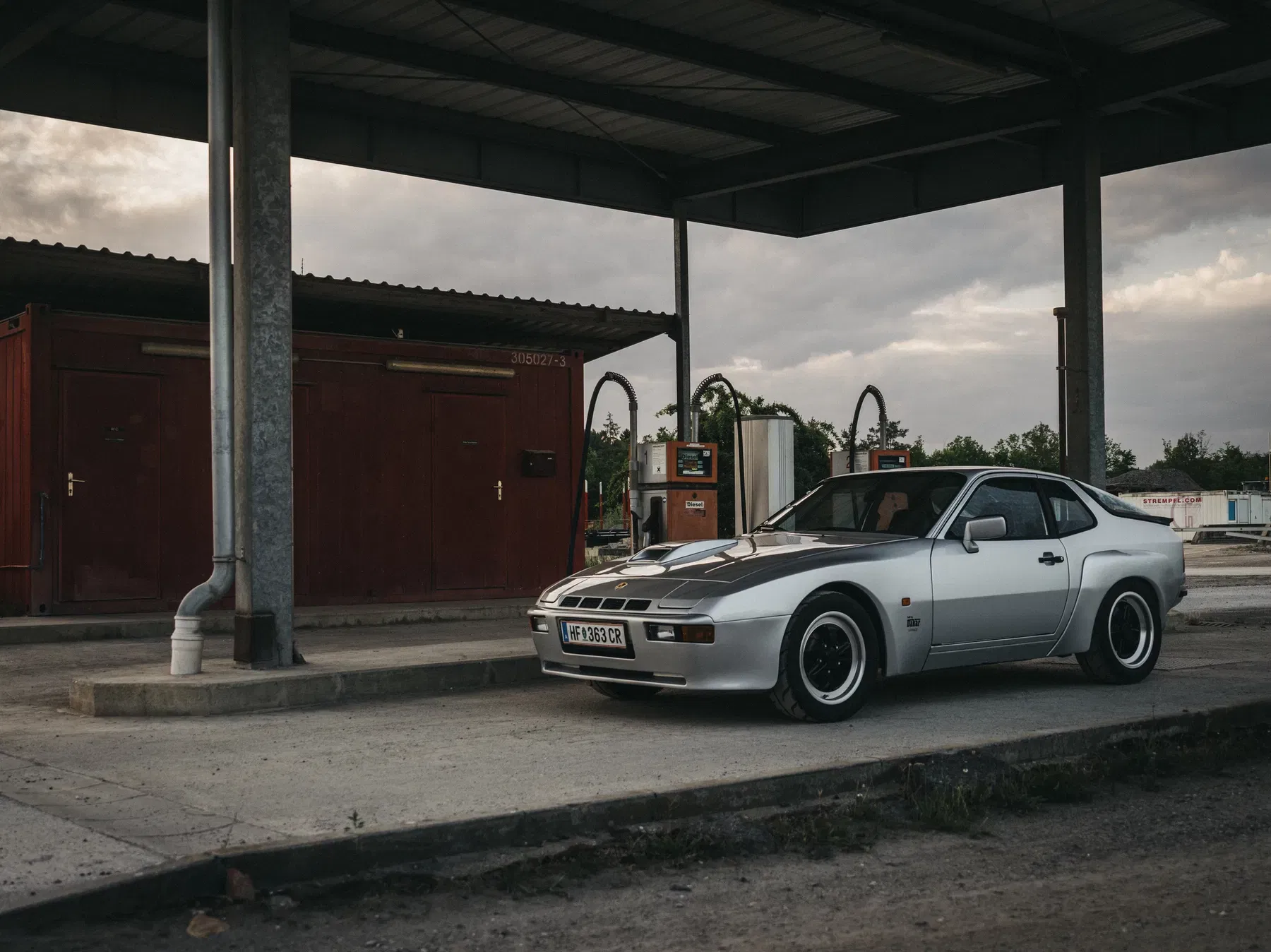
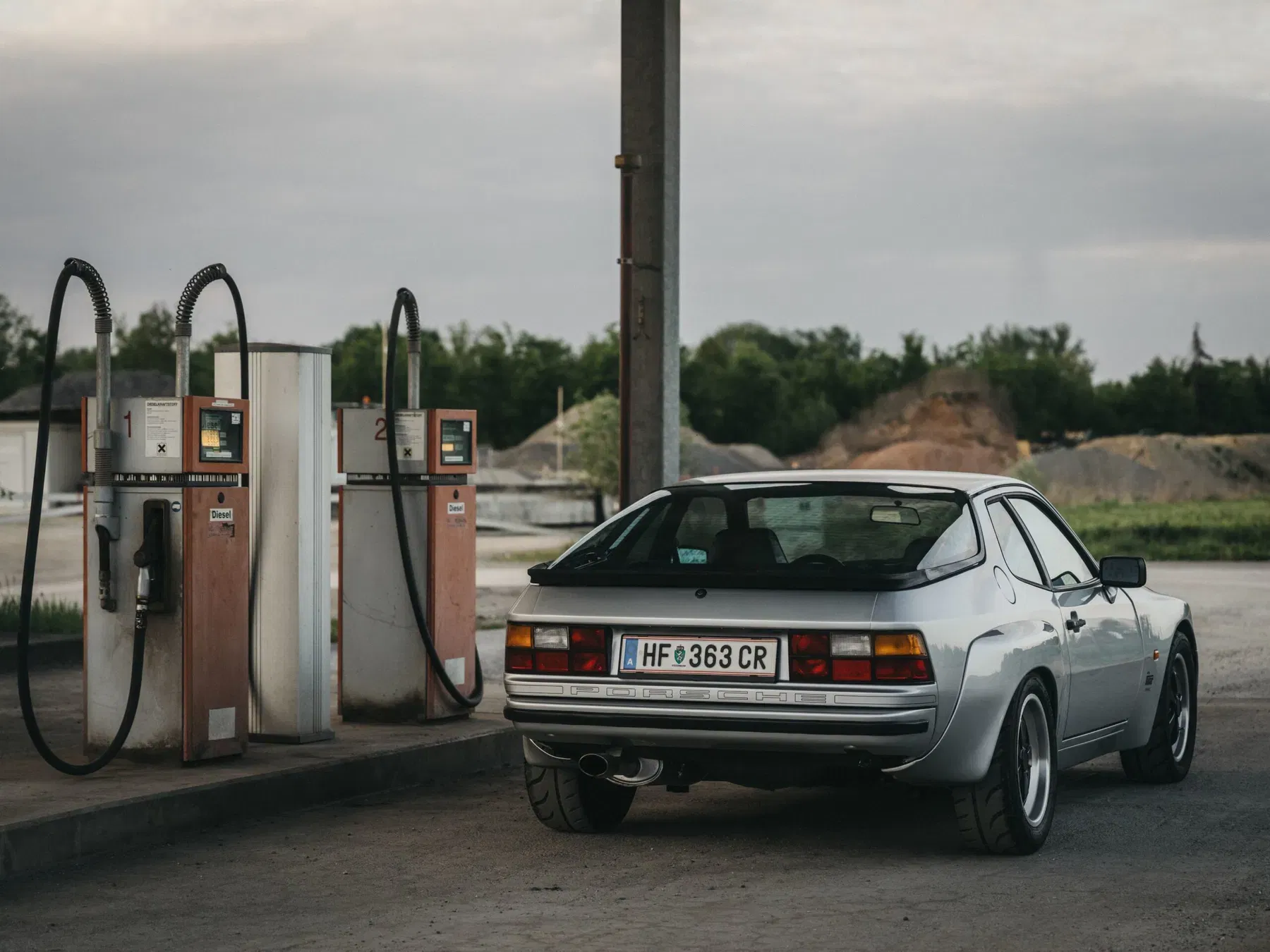
Given this context, it’s somewhat surprising that the 924, powered by a 0.7 bar turbocharger, still flies under the radar. The list of features, aside from its pure performance, is exquisite. A newly developed 5-speed gearbox with the first gear positioned at the lower left exudes motorsport charm, as do the four air inlets at the front, the NACA duct in the hood, and the rear rubber spoiler first introduced on the 924 Turbo. The handling of Transaxle Porsches is, of course, beyond reproach.
As quick as a the contemporary 911 but not even half the price
The Porsche 924 Turbo might not double or triple in value in the next few years. However, can such a rare, well-performing car with over 40 years of history still be priced below 20,000 euros for much longer? For these prices, you can still (for now) find well-maintained Turbo Transaxle models. Even collector-grade vehicles with verified low mileage rarely exceed 30,000 euros. It’s an absolute insider tip for anyone who wants a potent sports car with 1970s flair in their garage. Incidentally, a comparable 911 SC cost at least two to three times as much as a 924 Turbo in 2024…
“We build cars no one needs, but everyone wants” – Ferdinand Porsche
Even though the Porsche market no longer resembles the gold rush it once was, there are still intriguing models with promising value potential. Whether these predictions come true is another matter entirely. What is certain, however, is that all the cars mentioned here are capable of creating beautiful memories. And that’s why we’re likely interested in them in the first place. We have a passion for automobiles—their forms, functions, acoustics, and performance—regardless of the memories or experiences that shaped this passion.
Profit should never be the main motive when buying a Porsche. Instead, it’s all about the emotions and the experience. Because more than any great deal, we’ll remember the beautiful road trips or track days in our later years. That’s certain!
Our advice: Amid all the considerations and calculations, don’t let emotions take a back seat. These cars should never be acquired purely for financial reasons. They need to be driven, displayed, cherished, and preserved. After all, as Albert Schweitzer said, “Happiness is the only thing that doubles when you share it.” And isn’t driving the best way to share that happiness?
© Cover photo: AD Sportscars
Elferspot magazine
You have reached your article limit for this month.
Become an Elferspot Member now and get unlimited access to our Elferspot Magazine and other features!
- No obligations or charges.
- We help you find your dream car: get newly added cars straight into your mailbox.
- Your own watch list for your favorite cars.
- Unlimited access to Elferspot Magazin.
- -10% welcome discount for Elferspot textile products
- Successfully sell your Porsche via Elferspot.
